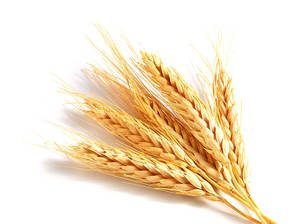Wheat flour has recently been recognised as an exposure vehicle for the foodborne pathogen Shiga toxin-producing Escherichia coli (STEC). Wheat flour milled on two sequential production days in October 2016, and implicated in a Canada wide outbreak of STEC O121:H19, was analysed for the presence of STEC in November 2018.
 Stored in sealed containers at ambient temperature, the water activity of individual flour samples was below 0.5 at 6 months post-milling and remained static or decreased slightly in individual samples during 18 months of additional storage. STEC O121 was isolated, with the same genotype (stx2a, eae, hlyA) and core genome multilocus sequence type as previous flour and clinical isolates associated with the outbreak. The result of this analysis demonstrates the potential for STEC to persist in wheat flour at levels associated with outbreak infections for periods of up to two years. This has implications for the potential for STEC to survive in other foods with low water activity.
Stored in sealed containers at ambient temperature, the water activity of individual flour samples was below 0.5 at 6 months post-milling and remained static or decreased slightly in individual samples during 18 months of additional storage. STEC O121 was isolated, with the same genotype (stx2a, eae, hlyA) and core genome multilocus sequence type as previous flour and clinical isolates associated with the outbreak. The result of this analysis demonstrates the potential for STEC to persist in wheat flour at levels associated with outbreak infections for periods of up to two years. This has implications for the potential for STEC to survive in other foods with low water activity.
Shiga toxin-producing Escherichia coli survives storage in wheat flour for two years
Food Microbiology
AlexanderGill1TanisMcMahon1ForestDussault2NicholasPetronella2
https://doi.org/10.1016/j.fm.2019.103380
https://www.sciencedirect.com/science/article/pii/S0740002019309906


